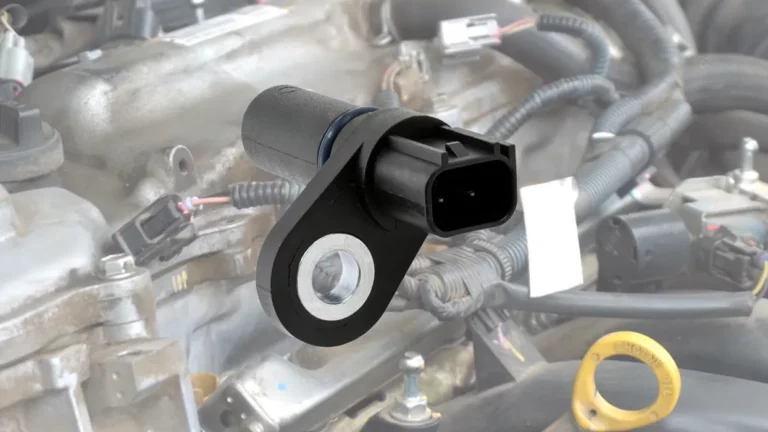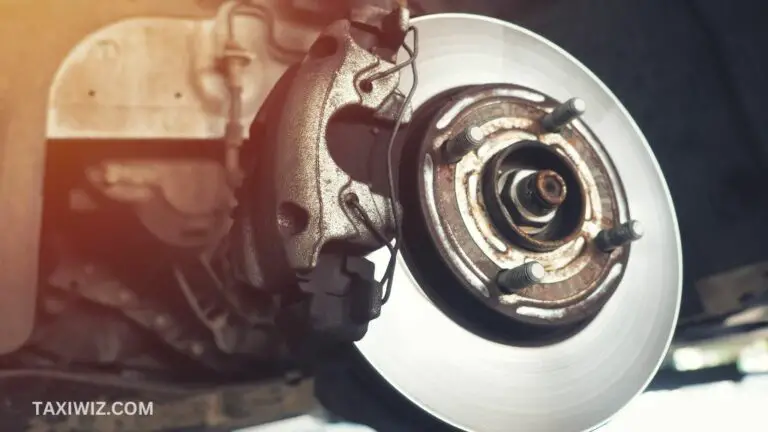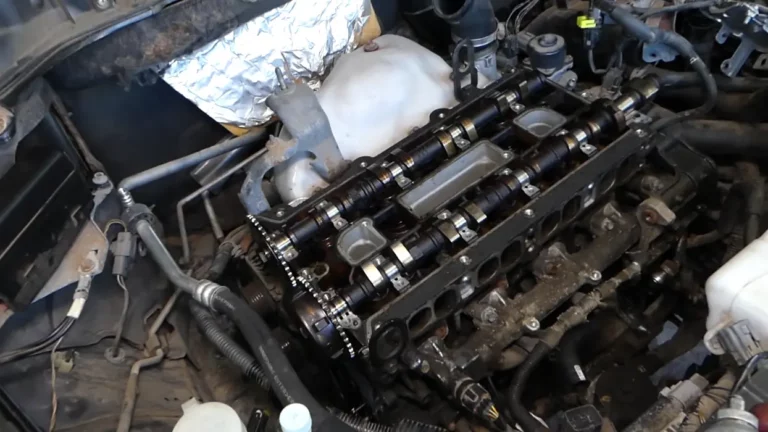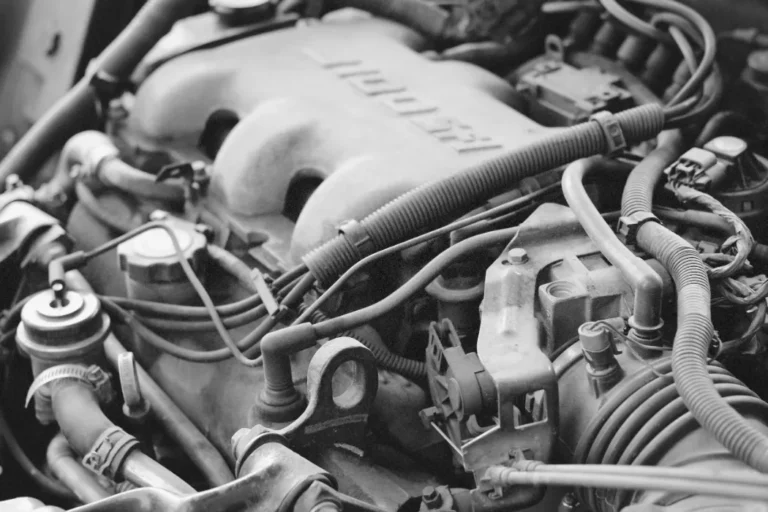Why Is My Drive Light Blinking? – Everything You Need to Know
The drive light or D light on a car indicates an issue with the transmission system or related components.
So, the possible reasons for your drive light blinking can be the following:
- Faulty transmission system
- Problem with the charging system
- Sensor failures
- Issues with systems associated with drive light
As you can see, multiple reasons can trigger the drive light. Therefore, first, you must find those issues and then take proper actions to fix them.
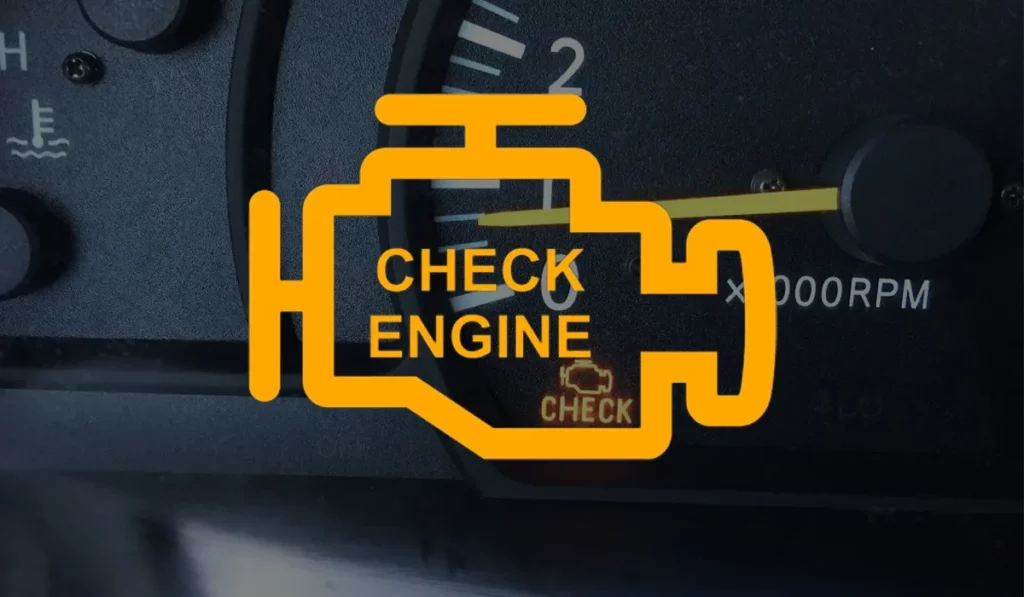
Reasons Why Drive Light Starts Blinking and How to Fix Them?
Here are some reasons that you should check out:
1. Transmission Failure
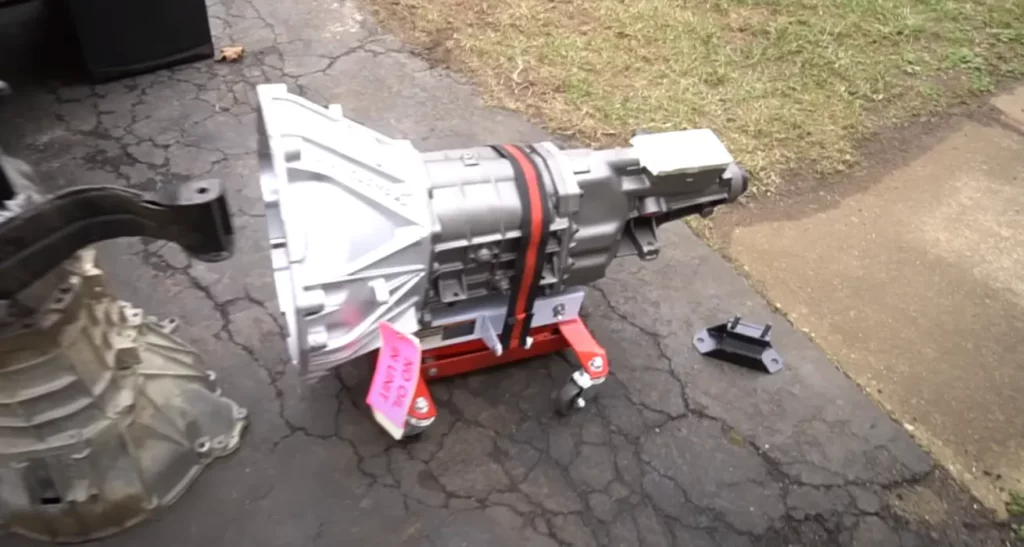
One of the most common reasons why you might be seeing the drive light come alive is a transmission failure.
There are many factors behind a transmission failure, and it can start from transmission fluid leaks, component failures, overheating, cooling system failure, TCM or transmission control module malfunction, dead battery, and others.
Transmission fluid leaks can result from wear and tear over time. This can also be caused by damage to the reservoir or some loose connections.
Fault or damage to the gearbox, live axle, or propeller shaft can also be the reason for a transmission failure and a potential cause for drive light illumination.
Issues with the cooling system may also lead to transmission failure. This will primarily be caused due to overheating.
If there is a coolant leak, the liquid can also negatively affect the surrounding components. This will ultimately cause transmission failure, leading to the D light blinking.
How to Fix This Problem
If you have identified that you are seeing the drive light due to transmission failure, then here are the steps that you can take to solve the problem:
- Fixing Transmission Fluid Leak
If leaks are the reason behind transmission failure, you will have to find them first and close them up.
Then you should flush the existing fluid from the reservoir and fill it with new transmission fluid.
- Replacing Faulty Components
Inspect all the components related to the transmission system and see if they are damaged or malfunctioning.
When you find a problematic component, you must replace or repair them.
Multiple components can fail at the same time, so make sure to check all the parts thoroughly.
- Solve the Colling System & Overheating Issue
If you are facing an overheating issue, first check the cooling system and see if something is hampering its functionality.
Take proper actions depending on the situation. You may have to replace some of the existing components of the cooling system.
2. Faulty Charging System
The driver light may also turn up due to a defective charging system.
When this happens, the vehicle won’t be able to receive an adequate amount of electricity, resulting in the car stopping functioning properly.
This issue can start from any of the components related to the charging system. The battery can be responsible, or the alternator. There might be a blown fuse or loose wiring.
If the alternator is at fault, then you will witness certain signs. To keep power maintained, the charging system will dim the lights first.
From the headlights to the interior and dashboard lights, all will slowly dim down or start to flicker.
Multiple electrical functions like the radio, window controller, and A/C button may also stop working. You may also witness the belt connected to the alternator coming loose.
Engine cranking is a common sign of low battery voltage. Sometimes, when there is overheating, the charging system can sustain damage.
Therefore, you will have to look into all the existing factors and inspect them thoroughly to conclude.
How to Fix This Problem
To fix the issues that come with a problematic charging system, these are the actions you should take:
- Alternator Fix
The alternator should be your first concern. If it is damaged or malfunctioning, you must replace it.
Small damages can be repaired, but you must confirm this with a professional mechanic before taking any steps.
If the alternator belt has come loose or the tension isn’t intact, then fixing that should resolve your issues.
You may have to replace the belt if it has suffered too much wear and tear. If it has come loose, then properly aligning it and tightening the connection will be necessary.
Sometimes screws can come loose, or something can get stuck inside the alternator and stop it from rotating.
Removing any attached dirt & debris and tightening the connector screws should solve this issue.
- Solving Battery Problems
If the battery is causing the charging problem, you may have to replace it with a new one.
Most of the time, faulty wiring is the main culprit behind the battery failing. Therefore, thoroughly inspect all the wiring and connectors.
Check if there is any blown fuse in the gearbox, too, as it may be the cause of all the issues itself.
To fix the wiring and connector issue, you will have to replace the damaged ones.
Remember that if you change the wires and connectors by yourself, you will have to disconnect the battery.
3. Sensor Failures
There are multiple sensors that monitor the transmission system and other components.
If they fail to function properly, then the system will automatically trigger the driver light.
The sensors can be damaged, or there might be some object that is obstructing their view. Sometimes, the system may not receive the data from the sensors due to some internal malfunctions.
How to Fix This Problem
First, you will have to find the sensors that are not working. If they are damaged, then you will have to get them replaced.
But if there is something stopping to report data properly, then solving that issue will take care of the driver’s light blinking.
That being said, if the system is not getting the data due to some error, then you will have to reboot the system.
If that doesn’t fix the problem, then you may have to replace the corresponding system completely. Sometimes, software updates can take care of this issue too.
Other System Failures
This varies from one vehicle to another. Check your vehicle manufacturer guide and see if the driver light is connected to any other system.
If that is the case, then maybe the indicator has lit up due to the connected system failure. Solving the problem that is causing that system to malfunction should take care of the drive light blinking as well.
Related Post: Car Won’t Start But The Lights Come On, No Clicking Noise
Why You Shouldn’t Ignore the Drive Light Blinking
When the drive light starts to blink, you should try to resolve the issue as soon as possible. Here are the reasons why:
Significant Transmission Damage
The drive light or D light means trouble with your transmission or charging system. If you ignore this, then this issue will become more severe.
This means more costly repairs and also the risk of permanently damaging important components of your vehicle.
Massive Safety Concern
If you don’t address the issue promptly, there will be gear failure, engine malfunction, overheating, loss of power, sudden jerks while driving, and other issues too.
This will make driving quite difficult and dangerous for the driver.
Left Stranded on the Road
Ignoring the issue for too long and driving without any concern will lead your car to break down in the middle of the road.
Insurance and Warranty Concerns
If you are deliberately letting the transmission system fail, or the battery dies out, then you may be violating your vehicle’s insurance and warranty policies.
Almost every warranty and insurance policy requires you to properly take care of your vehicle.
When you fail to do so and go to avail of your warranty or insurance, the terms will be void, and you may even suffer additional fines.
Decreasing the Resale Value
Prospective buyers won’t pay the full price for a car that is known to have transmission issues that the previous owner hasn’t addressed.
This will significantly decrease the resale value, and you will have to settle for a price that is very low.
Related Post: What Does The Wrench Light Mean On A Car
Frequently Asked Questions [FAQs]
Can a loose gas cap cause the drive light to blink?
Yes, if your vehicle’s check engine light and drive light are the same.
My drive light blinks when I accelerate or decelerate. What could be the reason?
This is due to transmission issues. Usually, problems with acceleration and deceleration are connected with gear slips.
My car recently went through deep water. Can that be the reason for the drive light blinking?
Yes, driving through deep water can damage sensitive electrical components connected to the transmission system.
Final Thoughts
If the drive light blinking issue continues, your car will suffer from severe component damage, and you will have to pay a hefty sum for repairs.
Therefore, if you see the driving light blinking, stop driving and take steps to resolve the issue as soon as possible!

![Where Is the Starter Located On A Car? [Answered!]](https://taxiwiz.com/wp-content/uploads/2023/07/Where-Is-the-Starter-Located-On-A-Car-768x432.jpg)
